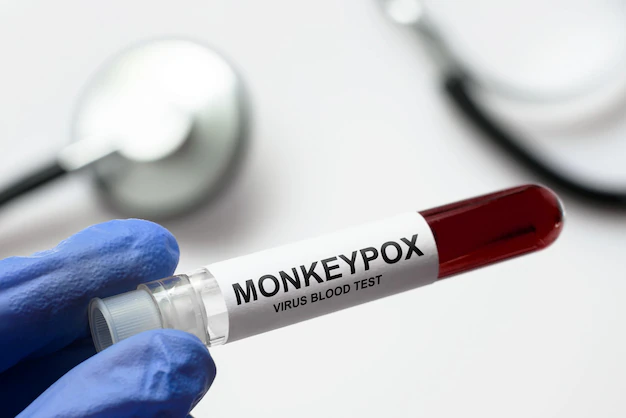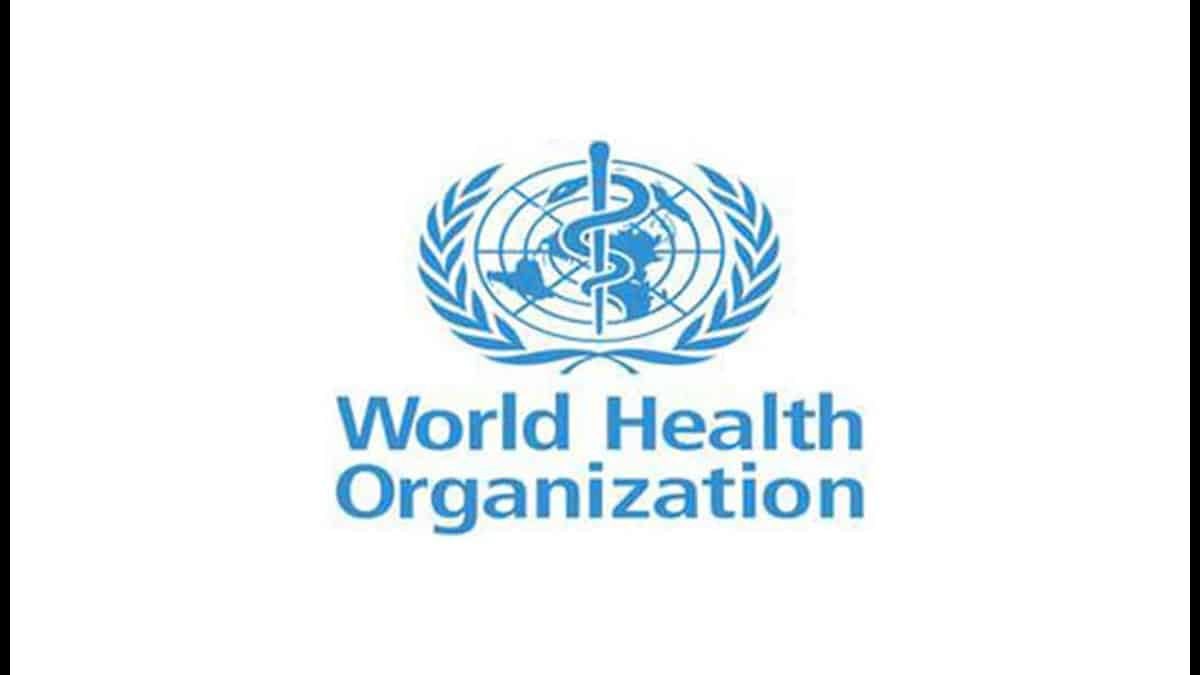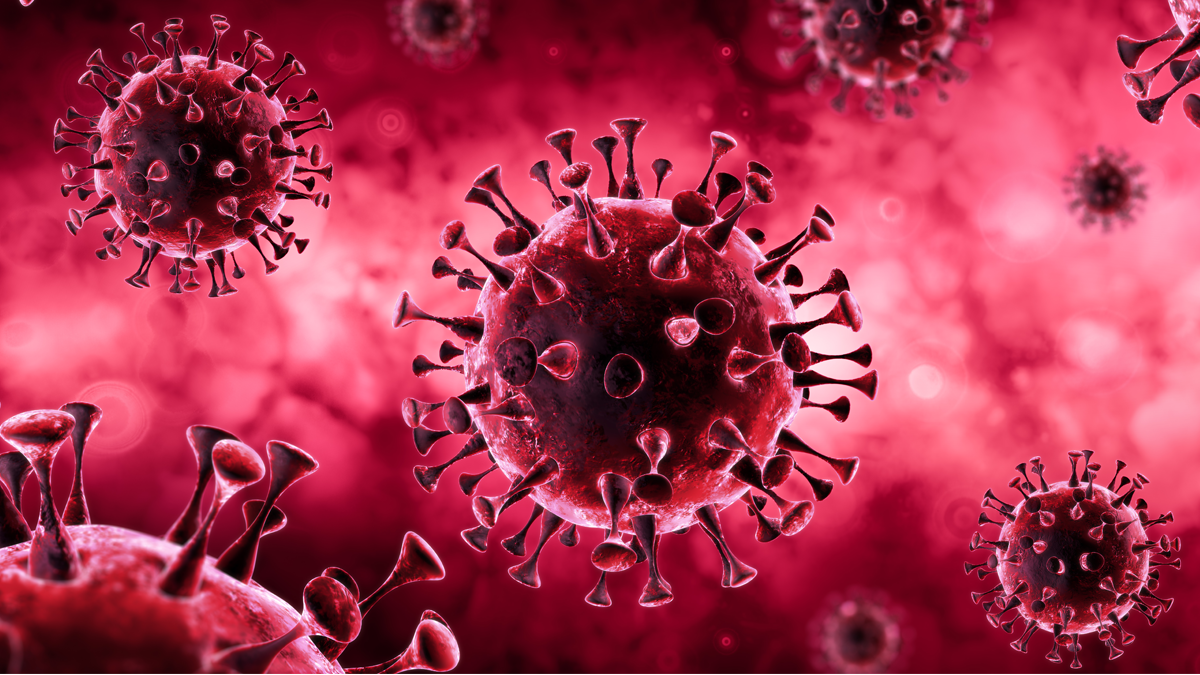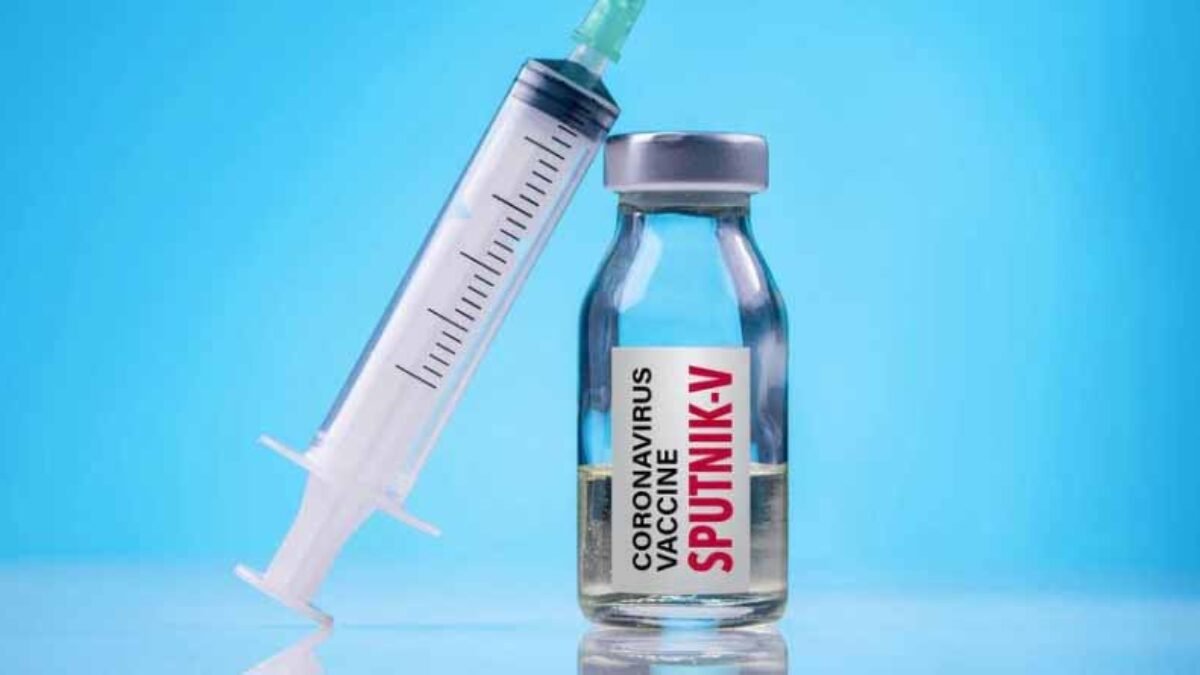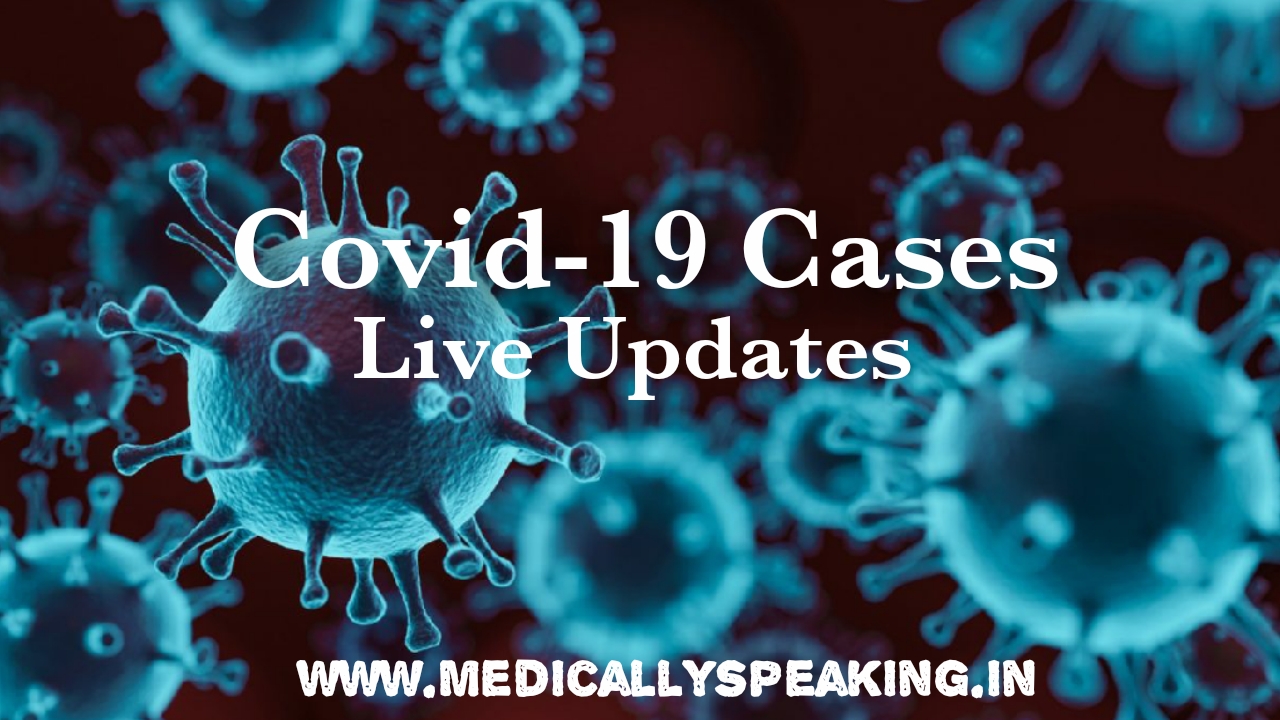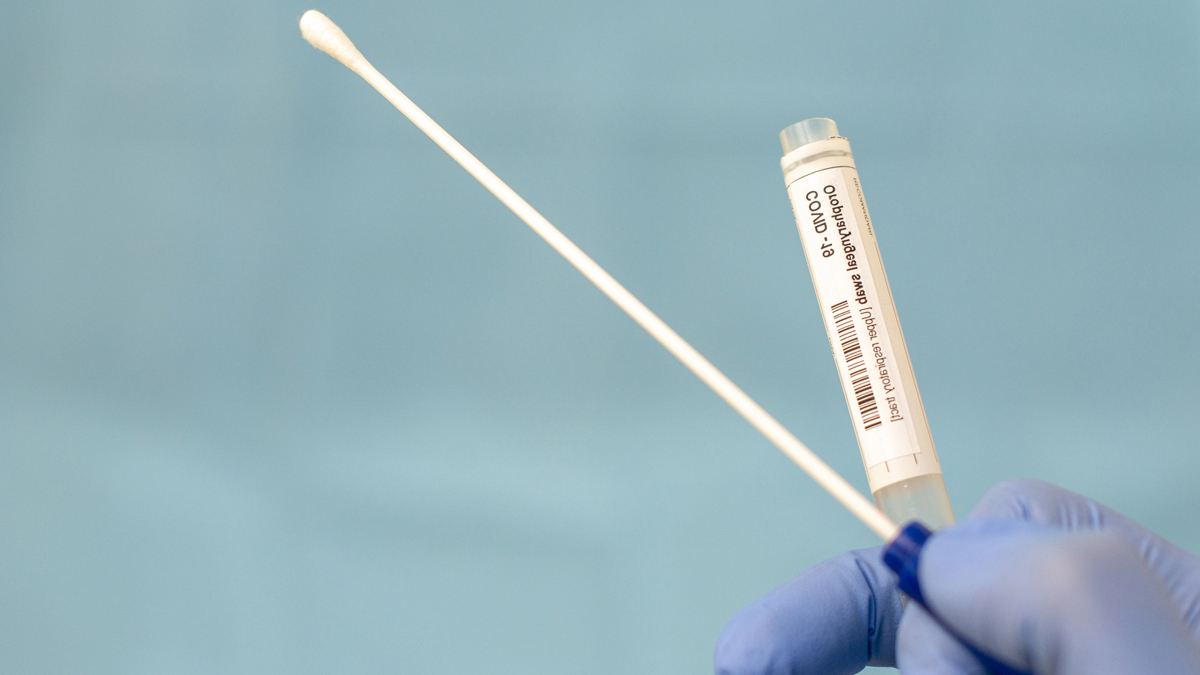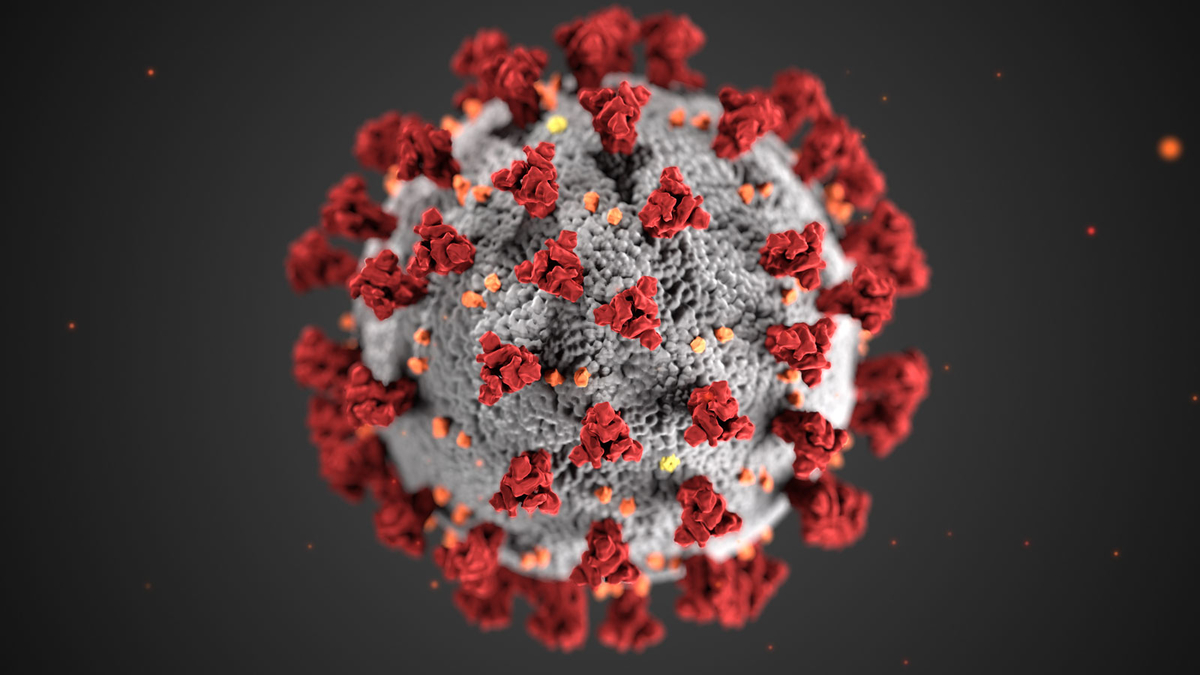Monkey Pox News: Monkeypox, smallpox, and COVID-19 are all viral diseases, but they are different from each other. Monkeypox spreads from animals to humans and causes rashes and pus-filled blisters on the skin. Smallpox also caused rashes on the skin, but it was an extremely deadly disease that has now been eradicated. COVID-19 spreads through respiratory droplets and affects the respiratory system, with symptoms including fever, cough, and difficulty breathing.
In recent years, the world has been confronted with several viral diseases that have significantly impacted global health. Monkeypox, smallpox, and COVID-19 are three viral diseases that, while sharing some similarities, are distinct in their origins, transmission methods, symptoms, and impacts on public health. This article aims to provide an in-depth exploration of these three diseases, highlighting their differences and shedding light on why understanding these distinctions is crucial for managing current and future outbreaks.
What is Monkeypox?
Monkeypox is a viral zoonotic disease, meaning it primarily spreads from animals to humans. First identified in 1958 in laboratory monkeys, the disease was later discovered in humans in 1970 in the Democratic Republic of Congo. Monkeypox is caused by the monkeypox virus, which belongs to the Orthopoxvirus genus, the same family as the virus that causes smallpox.
Monkeypox is characterized by a distinct rash that develops into pus-filled blisters, similar to those seen in smallpox. However, monkeypox is generally less severe than smallpox. The disease typically begins with flu-like symptoms such as fever, headache, muscle aches, and fatigue, followed by the appearance of the rash, which usually starts on the face and then spreads to other parts of the body.
Transmission of Monkeypox occurs through direct contact with the blood, bodily fluids, or cutaneous or mucosal lesions of infected animals, such as rodents and primates. Human-to-human transmission can also occur, primarily through respiratory droplets during prolonged face-to-face contact, or through direct contact with body fluids or lesion material.
The Severity and Impact of Monkeypox
While monkeypox is not as deadly as smallpox, it can still cause significant health problems, particularly in vulnerable populations such as young children, pregnant women, and individuals with weakened immune systems. The fatality rate of monkeypox can vary, but in some outbreaks, it has been reported to be as high as 10%. The disease can also lead to secondary bacterial infections, bronchopneumonia, sepsis, encephalitis, and corneal infection with subsequent loss of vision.
In recent years, monkeypox has gained attention due to an increase in cases in non-endemic countries. In 2022, a significant outbreak of monkeypox occurred in multiple countries outside of Africa, where the disease is typically found. This outbreak raised concerns about the potential for monkeypox to spread more widely, particularly in regions where the population lacks immunity due to the cessation of smallpox vaccination programs.
Smallpox: A Historical Perspective
Smallpox is a viral disease that was once one of the most feared and deadly diseases in human history. Caused by the variola virus, smallpox was responsible for countless deaths over centuries. The disease is believed to have existed for thousands of years, with evidence of smallpox-like symptoms found in ancient Egyptian mummies.
Smallpox was characterized by a high fever, severe fatigue, and a distinctive rash that covered the body. The rash would progress from macules (flat spots) to papules (raised bumps) to vesicles (fluid-filled blisters) and finally to pustules (pus-filled blisters). The pustules would eventually scab over and fall off, leaving pitted scars, commonly known as pockmarks.
The disease had a high mortality rate, with around 30% of those infected succumbing to the virus. Smallpox also had a profound impact on survivors, who were often left with severe scarring and, in some cases, blindness.
The eradication of smallpox is one of the greatest achievements in public health history. The World Health Organization (WHO) launched an intensive global smallpox eradication campaign in 1967. Through widespread vaccination efforts and a strategy known as “ring vaccination,” where individuals in the vicinity of an infected person were vaccinated, the last naturally occurring case of smallpox was reported in Somalia in 1977. In 1980, the WHO declared smallpox eradicated, making it the first disease to be eradicated by human efforts.
The Comparison Between Monkeypox and Smallpox
Although monkeypox and smallpox are caused by viruses from the same family, there are significant differences between the two diseases. First and foremost, smallpox was far more deadly than monkeypox. While smallpox had a mortality rate of around 30%, the mortality rate of monkeypox is much lower, typically ranging from 1% to 10% depending on the strain and the quality of healthcare available.
The symptoms of monkeypox are also generally less severe than those of smallpox. While both diseases cause a rash, the rash in monkeypox tends to be less dense and more localized, and the progression from macules to pustules is slower. Moreover, the systemic symptoms such as fever and malaise are usually milder in monkeypox compared to smallpox.
Another key difference is in the mode of transmission. Smallpox was primarily spread from person to person through respiratory droplets, whereas monkeypox is primarily a zoonotic disease, with human-to-human transmission being less efficient. This difference in transmission dynamics has implications for the spread and control of the disease. Monkeypox outbreaks tend to be smaller and more contained, whereas smallpox outbreaks could rapidly escalate into widespread epidemics.
COVID-19: A Global Pandemic
COVID-19, caused by the SARS-CoV-2 virus, is the most recent viral disease to have a profound impact on global health. First identified in December 2019 in Wuhan, China, COVID-19 quickly spread worldwide, leading to a global pandemic that has affected millions of people and caused significant disruption to daily life.
COVID-19 is primarily a respiratory disease, with symptoms including fever, cough, shortness of breath, and in severe cases, pneumonia and acute respiratory distress syndrome (ARDS). Unlike monkeypox and smallpox, COVID-19 is primarily transmitted through respiratory droplets and, to a lesser extent, through contact with contaminated surfaces and aerosols.
The rapid spread of COVID-19 is partly due to its mode of transmission and the fact that individuals can spread the virus before showing symptoms. This asymptomatic or presymptomatic transmission has made it difficult to contain the virus and has led to widespread community transmission in many parts of the world.
COVID-19 has a wide range of symptoms, from mild respiratory symptoms to severe illness requiring hospitalization. Some individuals experience long-lasting effects, known as “long COVID,” which can include fatigue, brain fog, and other symptoms that persist for weeks or months after the initial infection.
The Global Response to COVID-19
The global response to COVID-19 has been unprecedented in terms of the speed and scale of efforts to develop vaccines, treatments, and public health measures. Multiple vaccines were developed and authorized for emergency use within a year of the virus being identified, and vaccination campaigns have been rolled out in many countries to curb the spread of the virus.
Public health measures such as mask-wearing, social distancing, and lockdowns have been implemented to varying degrees around the world to reduce transmission. However, the response has also been met with challenges, including vaccine hesitancy, unequal access to vaccines, and the emergence of new variants of the virus that have complicated efforts to control the pandemic.
Comparing COVID-19 with Monkeypox and Smallpox
While COVID-19, monkeypox, and smallpox are all viral diseases, they differ significantly in their transmission, symptoms, and impacts on public health.
Transmission: COVID-19 is primarily transmitted through respiratory droplets, making it highly contagious, particularly in indoor settings. In contrast, monkeypox is primarily a zoonotic disease with limited human-to-human transmission, and smallpox was transmitted through respiratory droplets but was less contagious than COVID-19 in terms of the speed of spread.
Symptoms: COVID-19 primarily affects the respiratory system, causing symptoms such as cough, fever, and difficulty breathing. Monkeypox and smallpox, on the other hand, cause skin rashes and pustules. The severity of symptoms also varies, with smallpox being the most severe, followed by monkeypox, and COVID-19 having a wide range of symptom severity from mild to severe.
Mortality: Smallpox had the highest mortality rate, with around 30% of infected individuals dying from the disease. Monkeypox has a lower mortality rate, ranging from 1% to 10%, depending on the strain. COVID-19 has a lower mortality rate than smallpox but has caused a significant number of deaths due to its widespread transmission and the large number of people infected.
Impact on Public Health: Smallpox was eradicated through a global vaccination campaign, and its eradication is considered one of the greatest achievements in public health. Monkeypox remains a concern, particularly in regions where the disease is endemic, but it has not reached the same level of global impact as smallpox or COVID-19. COVID-19, on the other hand, has had a profound impact on global health, economies, and daily life, leading to significant changes in how societies operate and how public health is managed.
Monkeypox, smallpox, and COVID-19 are all viral diseases with distinct characteristics and impacts on public health. While smallpox has been eradicated, monkeypox remains a zoonotic disease with potential for outbreaks, and COVID-19 continues to pose a significant global health challenge.
Understanding the differences between these diseases is crucial for managing current and future outbreaks. While smallpox serves as a reminder of the importance of vaccination and public health efforts, monkeypox highlights the ongoing risk of zoonotic diseases, and COVID-19 underscores the need for rapid response and global cooperation in the face of emerging infectious diseases.
As the world continues to navigate the challenges posed by these and other viral diseases, it is essential to build on the lessons learned from past outbreaks and continue to invest in public health infrastructure, research, and global cooperation to prevent and control future epidemics and pandemics.





